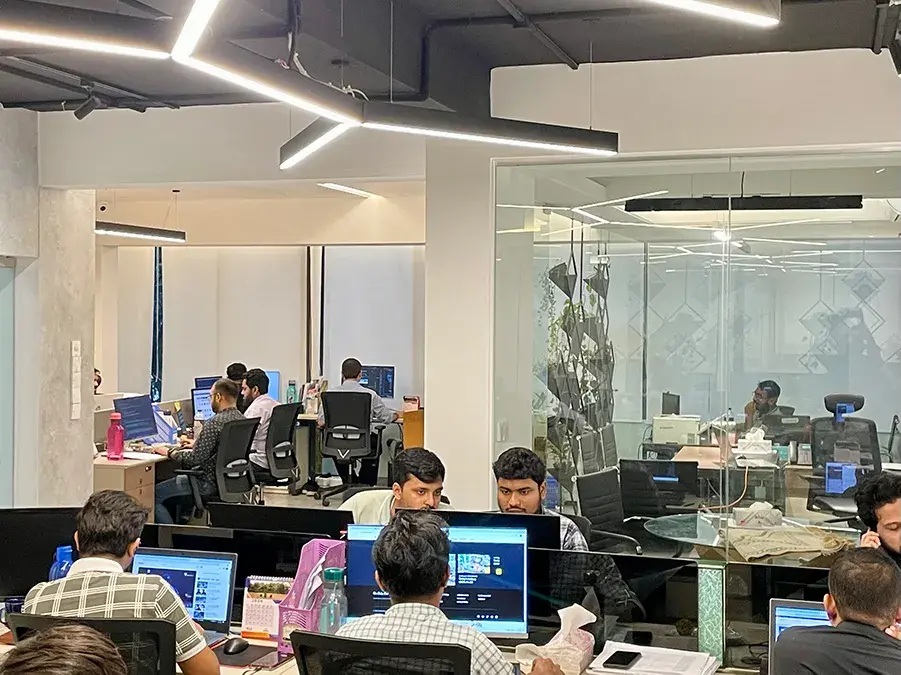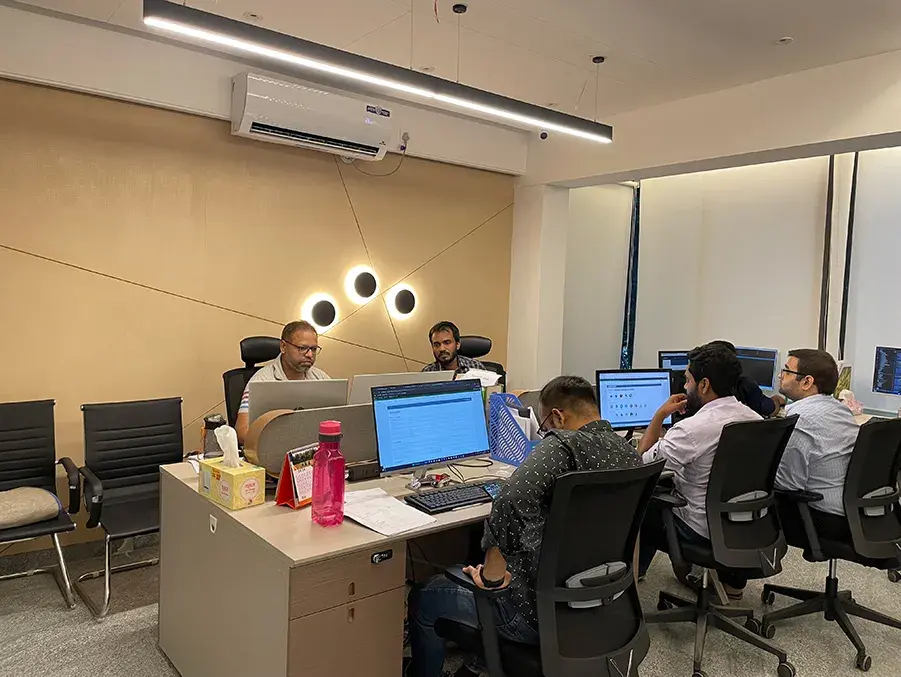
The Role of Generative AI in Software Quality Assurance by 2026
In 2026, Software Quality Assurance (QA) has evolved from manual testing to automation but still faces challenges like repetitive tasks, high costs, and limited coverage. Generative AI (GenAI) is set to transform QA by 2026, automating test case creation, synthetic data generation, and script maintenance. This shift will make QA more strategic, focusing on governance and innovation instead of manual test writing.
Need of AI in Manual Testing :
Manual testing has its own existing challenges, particularly referring to the scalability of the test coverage, long-running laborious tests.
Generative AI improves QA by detecting errors, identifying system vulnerabilities, and accelerating delivery of high-quality products.
Generative AI tools enable test case refactoring to be completed 30% faster.
Generative AI produces more efficient bug reports, reducing errors by up to 40% compared to traditional methods.
Generative AI impact Areas in Quality Assurance:
Following are the 7 ways in which Generative AI can be impactful:
Test planning: Generative AI optimizes test planning by analyzing requirements and providing insights on the best tools and processes to use.
AI driven test case scenario generation: Generative AI leverages data from multiple sources to generate optimized test cases that cover diverse scenarios and edge cases.
AI driven Optimization for Test Suites and maintenance: Generative AI can analyze the test suites for redundant and overlapping test cases and thus improving the Test Suite efficiency for Application under test.
Bug Detection: Through the learning models, Generative AI analyses systems under test or application execution patterns and identifies critical bugs or security vulnerabilities. It can also detect the anomalies and potential bugs that are missed during manual testing.
Intelligent Test Execution: Generative AI speeds up testing by selecting the most relevant test suites based on code changes, ensuring efficiency and reliability.
Enhanced Defect Analysis and Reporting: Generative AI streamlines debugging by performing root cause analysis and automatically generating detailed bug reports with all essential information.
Test Automation: Generative AI automates test script creation by understanding system behavior, reducing manual effort in writing and maintaining automated tests.
Benefits for QA Teams:
Speed & Efficiency: Test creation time reduced from days to minutes.
Smarter Defect Detection: AI highlights high-risk areas proactively.
Improved Collaboration: Non-technical stakeholders can contribute plain-English test scenarios.
Broader Coverage: AI suggests edge cases humans may overlook.
Cost Savings: Less manual scripting, fewer test maintenance cycles.
Develop QA Strategy with Generative AI:
While using Generative AI for QA department, following are the steps those can be followed:
Goals Definition: implementing Generative AI, cloud coverage, manual test time, bug detection and vulnerabilities.
Team learning and Trainings: QA team using Generative AI, skills AI platform, AI generated test results.
Infrastructure Audits: computational resources, audits, hardware.
Understanding Testing needs: challenges, testing.
Implementation and Monitoring: Expectations, Regular monitoring, AI performance.
Platforms and Tools:
Several platforms already integrate Generative AI into QA workflows:
AccelQ: AI-driven test automation with self-healing scripts.
Reflect: Autonomous browser testing using AI locators.
OpenAI / Google Gemini copilots: Experimental assistants for QA/test writing inside DevOps pipelines.
TestRigor: Converts plain English commands into automated test cases.
Autify: Self-healing, no-code test automation powered by AI.
Future Outlook QA by 2026
QA Engineers as AI Supervisors: Writing tests, Validating AI outputs, Curating prompts and ensuring governance.
Predictive Testing: Analyze behavior, Predict future failures, Suggesting proactive fixes.
Autonomous Regression Testing: Systems automatically generate and Code change.
Continuous Governance: AI testing policies, Model behavior, Accuracy, and Security.
AI-First CI/CD Pipelines: Test generation, Execution, and DevOps pipelines.
By 2026, Generative AI will transform QA into a collaborative, AI-augmented process, enabling faster releases, higher quality, and stronger security. Those who ignore it risk being left behind in the AI-driven software revolution.






_1760528543.webp)

